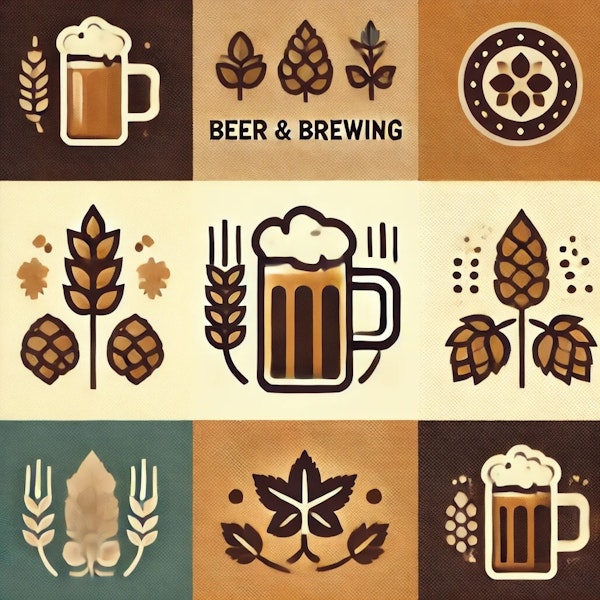
This seasonal ale is a bright enough red to match your Santa hat, and it goes well with just about anything on your holiday table.
Stefan Zehendner at Brauerei Zehendner shares a recipe for this strong, seasonal bock that he releases every December. As with his Maibock, the target is a full-flavored yet addictively drinkable strong lager with deep, bready malt flavor and surprising bitterness, complemented by herbal-minty Perle hop flavors.
In looking for tips on what makes for a great pale bock, Josh Weikert reaches out to owner-brewer Stefan Zehendner of the highly regarded Brauerei Zehendner, makers of the Mönchsambacher beers.
Somewhere between hefty doppelbock and pale heller bock, the traditional dunkles bock is like the family’s middle child—it doesn’t get as much attention, but you’ll want it in your fridge year-round.
In looking for insights on brewing a great porter in the modern American style, Josh Weikert talks to Cleveland’s Great Lakes about the inner workings of the beloved and enduring Edmund Fitzgerald.
“Smooth and dangerous” and great for winter sipping, these are some of the most enjoyable beers you’ll ever drink—and they can be surprisingly easy to make if you build a good recipe and adhere to some basic brewing practices.
We know: It’s time to drink it, not brew it. Yet while you’re hoisting a few at the season’s festivities, it’s never too early to start thinking about your spring brewing schedule...
This light, easygoing ale is ideal as a spring or summer beer or simply for brightening up your fall or winter.
Oh, is it that time again? For those who want to take on the classic seasonal, this is a wonderful “first lager” if you’ve never brewed one. (And as for the British malt in a traditional German style … well, we won’t tell if you won’t.)
This is a simple yet remarkably enjoyable style that novice brewers can get right the first time—yet experienced brewers can appreciate it the 100th time and beyond.